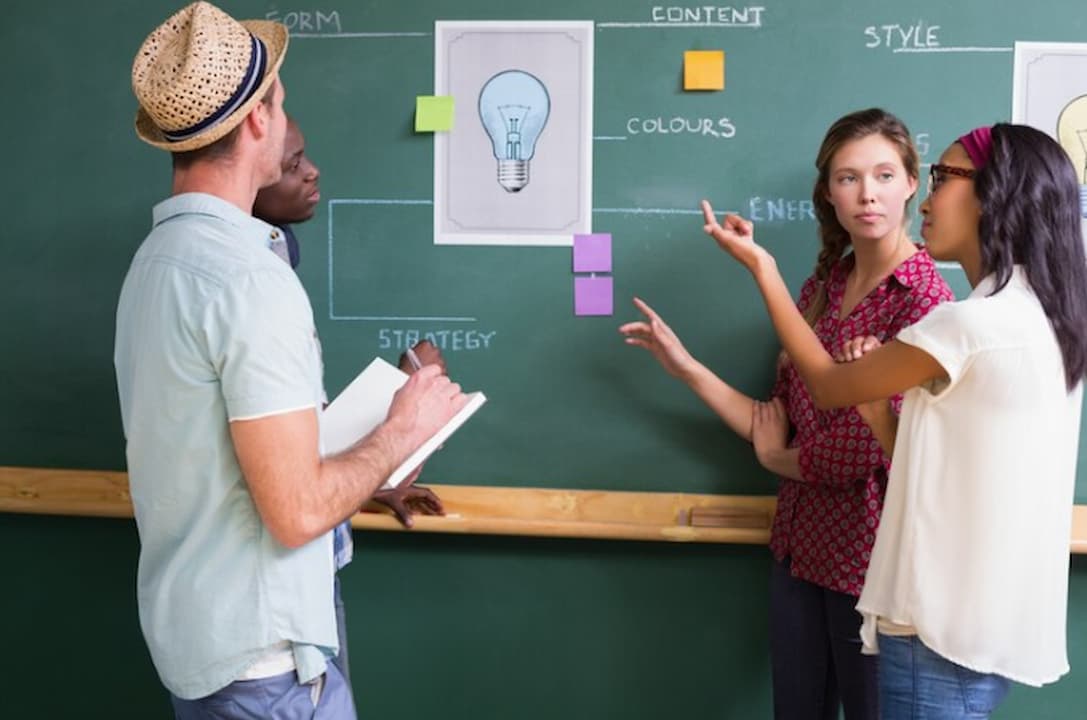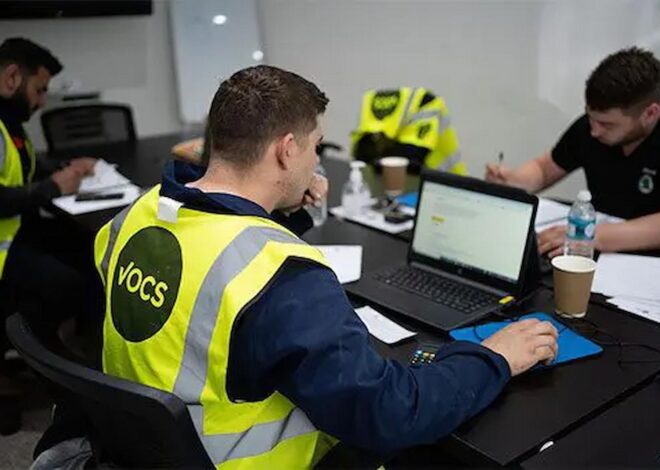
Transform Your Teaching Methods With These Simple Tips
Are you looking to revamp your teaching techniques and foster a more engaging learning environment? Here’s how small changes can significantly impact your students’ success.
As an educator, your impact on your students goes beyond the lessons you teach. It’s about presenting information, engaging with students, and creating a positive, stimulating classroom environment. However, with ever-evolving teaching tools and strategies, staying ahead of the curve can feel overwhelming.
You’re not alone if you’ve been searching for ways to transform your teaching methods. Whether you’re a seasoned teacher or a newcomer, adapting your teaching style to meet the needs of diverse learners is essential. In this article, we’ll explore simple, actionable tips to help you engage your students, make learning more impactful, and enhance your teaching effectiveness.
1. Adopt Active Learning Strategies
Why Active Learning Matters
Active learning is a student-centred approach that encourages participation and critical thinking. Research shows that students retain more information when actively engaging with the material rather than passively absorbing it. According to a 2014 study in The Journal of Educational Psychology, students involved in active learning perform better than those in traditional lecture-based environments.
Simple Active Learning Techniques
- Think-Pair-Share: Start by posing a question, have students think about it individually, discuss their thoughts with a partner, and finally share their answers with the class.
- Group Projects: Encourage students to collaborate on tasks, applying theoretical concepts to practical situations.
- Interactive Polls and Quizzes: Use real-time quizzes to gauge student understanding and foster engagement.
By incorporating these techniques into your lessons, you’re providing opportunities for deeper engagement and reflection, which can lead to improved understanding and retention.
2. Incorporate Technology into Your Lessons
Embrace the Digital Age
Incorporating technology into your teaching can enhance learning experiences, making them more interactive and dynamic. Educational technologies provide access to infinite resources, tools, and learning platforms. According to a report by EdTech Review, 75% of educators believe that digital tools have positively impacted student learning.
Simple Ways to Use Technology
- Online Learning Platforms: Websites like Google Classroom or Edmodo can help organise assignments, track student progress, and facilitate communication.
- Gamification: Use tools like Kahoot or Quizizz to turn quizzes and tests into fun competitions that motivate students.
- Educational Apps: Encourage students to use apps such as Duolingo for language learning or Khan Academy for supplemental educational videos.
Technology is for more than just tech-savvy educators. Simple tools like videos or interactive slides can transform a lesson and increase student participation.
3. Foster a Growth Mindset in the Classroom
The Power of Positive Thinking
A growth mindset—a belief that abilities and intelligence can be developed through hard work and dedication—has been shown to improve academic performance and student motivation. According to psychologist Carol Dweck, students with a growth mindset are more likely to embrace challenges, learn from mistakes, and succeed tremendously.
How to Cultivate a Growth Mindset
- Praise Effort, Not Just Results: Focus on students’ hard work on a task, not just their final grade.
- Encourage Mistakes: Teach students that mistakes are growth opportunities. Provide constructive feedback that helps them improve.
- Promote Self-Reflection: Ask students to reflect on their learning process, identify areas for improvement, and celebrate their progress.
When students believe they can improve, they’re more likely to take ownership of their learning and face challenges with a positive attitude.
4. Create an Inclusive Learning Environment
Embrace Diversity
An inclusive classroom respects and celebrates diverse learning styles, backgrounds, and abilities. Research indicates that inclusive teaching methods enhance students’ social and academic performance. According to a 2018 American Council on Education study, diverse learning environments contribute to increased cognitive skills and a stronger sense of belonging.
Tips for an Inclusive Classroom
- Differentiated Instruction: Adapt your teaching methods to meet each student’s individual needs. Use visual aids, hands-on activities, and technology to accommodate various learning styles.
- Promote Collaborative Learning: Group students from different backgrounds and abilities to work together on projects, helping them learn from each other’s perspectives.
- Address Bias: Ensure that your materials, examples, and language reflect diversity and are free from bias.
Fostering an inclusive environment allows all students to feel valued and encourages them to participate actively in and engage in their learning.
5. Build Strong Relationships with Your Students
The Importance of Student-Teacher Relationships
Building strong relationships with students creates a supportive learning environment and enhances motivation. According to a 2017 study published in Frontiers in Psychology, students who have positive relationships with their teachers are more likely to perform better academically and socially.
How to Connect with Your Students
- Learn About Their Interests: Learn about your students’ hobbies and passions. Incorporating their interests into lessons can increase engagement.
- Provide Support and Encouragement: Show genuine care for your student’s well-being and academic success. Offer words of encouragement and support when they struggle.
- Be Approachable: Make sure your students feel comfortable coming to you with questions or concerns, creating an open and safe space for communication.
When students feel respected and valued, they’re more likely to participate, be motivated, and succeed in their learning.
6. Use Formative Assessments to Guide Instruction
Continuous Feedback is Key
Formative assessments allow you to gauge student understanding throughout a lesson or unit, enabling you to make real-time adjustments to your teaching approach. This continuous feedback loop helps identify gaps in knowledge and address them before they become more significant issues.
Examples of Formative Assessments
- Exit Tickets: At the end of a lesson, ask students to answer a quick question to assess their understanding.
- Peer Reviews: Have students review each other’s work to provide constructive feedback.
- Quick Polls: Use digital tools to conduct quick polls to assess students’ grasp of key concepts.
Formative assessments are a powerful tool for monitoring progress, ensuring that every student stays on track toward achieving learning objectives.
Conclusion
Transforming your teaching methods doesn’t have to be overwhelming. By incorporating active learning, technology, growth mindset, inclusivity, relationship-building, and formative assessments, you can create a classroom environment that fosters engagement, motivates students, and improves learning outcomes. The key is to make incremental changes that enhance your teaching style and the student’s learning experience.
Implement these tips one step at a time, and soon, you’ll see the transformation in your students and your teaching journey. Remember, the most effective teachers are open to change and committed to continuous growth.


